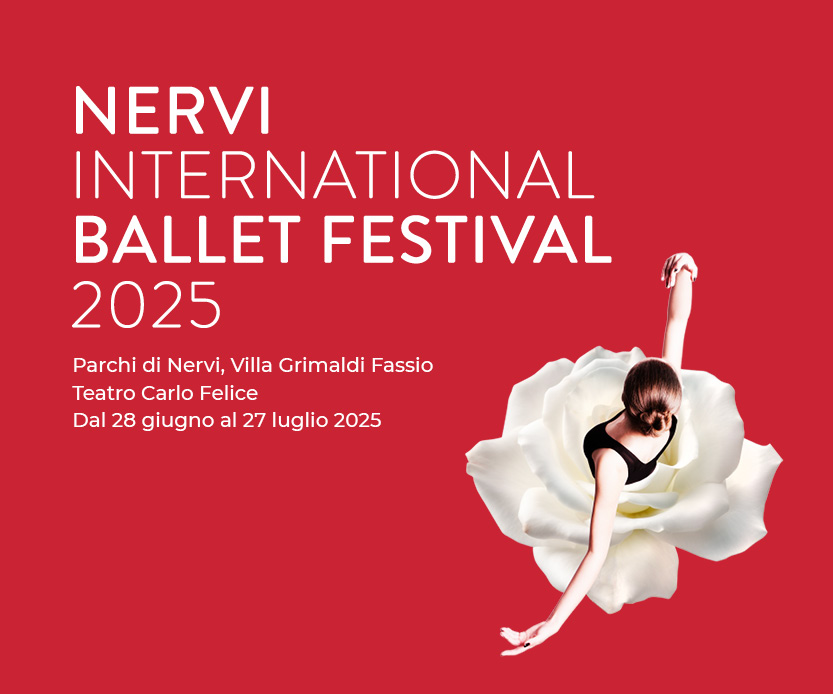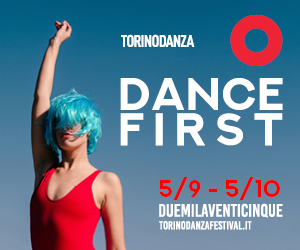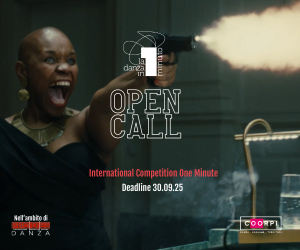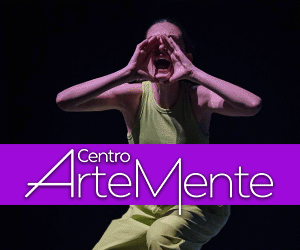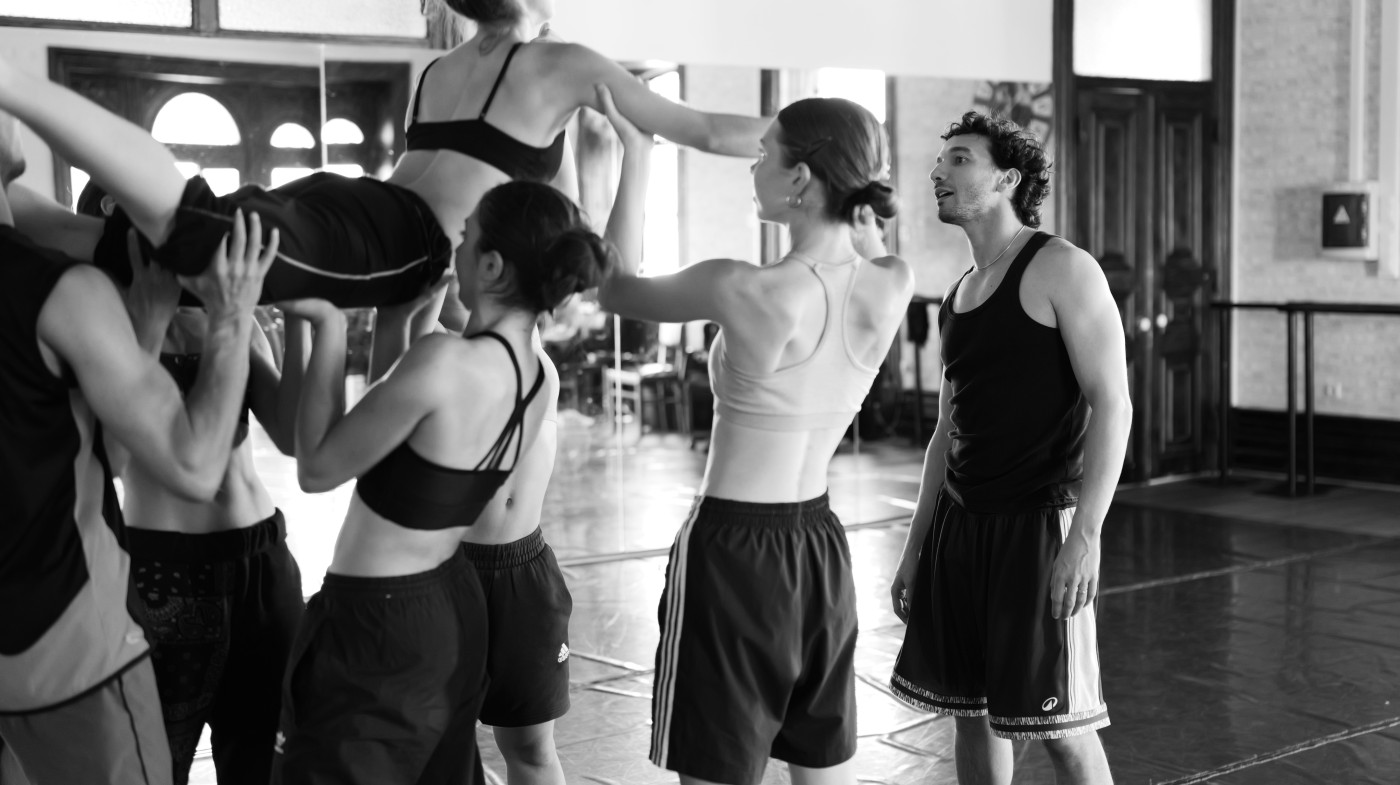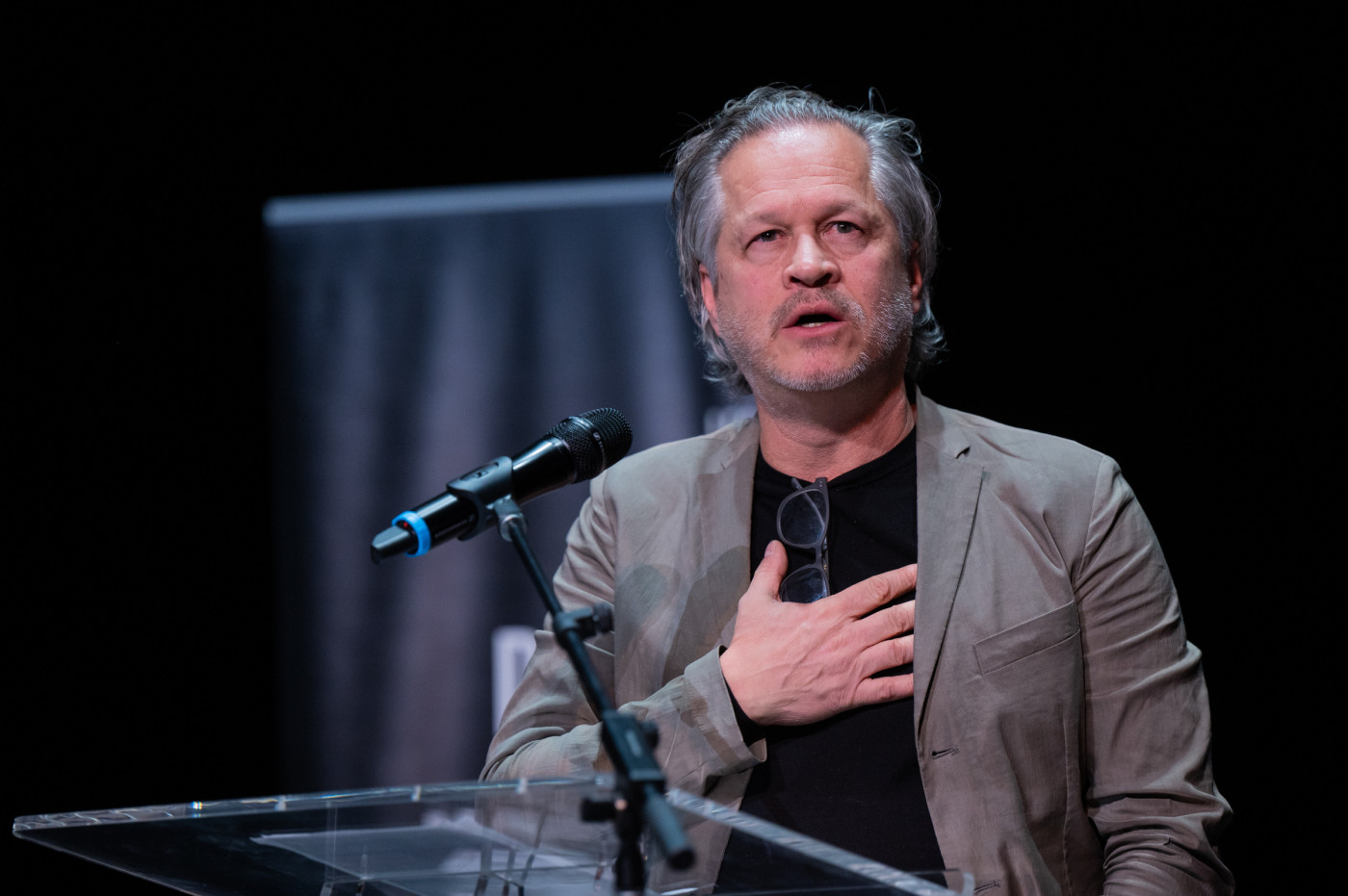Ivan Perez "The Male Dancer"
His first creation for the Paris Opera Ballet
17/05/2018
PARIS 2018 marks a turning year for Iván Pérez. The Spanish choreographer based in Netherlands is going to present his new creation with Paris Opéra Ballet, entitled The Male Dancer. Curtain rises on it at Palais Garnier from 18th May to 8th June in a mix-bill evening which shows also works by James Thierrée, Hofesh Shechter and Crystal Pite. After summer Pérez has to face new challenges, which in UK a special commission for Russian star Natalia Osipova at Sadler's Wells and in Germany leading Dance Theatre Heilderberg as artistic director.
Currently at Palais Garnier in rehearsals, Iván Pérez talked to us about his art and perspectives.
Pérez, The Male Dancer is your first creation for Paris Opéra Ballet. How did you feel about this prestigious commission?
One day, between meetings and rehearsals, I received a personal email by Aurélie Dupont, showing her interest in my work. Apparently, she was following my work for years on the web. Her invitation became official during my first visit to the Paris Opéra. It’s an honor for me to be commissioned by this prestigious Maison that has inspired me to create a special work. The show will also be broadcasted worldwide on cinemas and on cultural channel ARTE. It is an incredible opportunity to share my work and my artistic vision with all the world.
Why did you decide to work properly on this particular topic of Masculinity on stage? And how did you choose your ten male interpreters?
Aurélie Dupont specifically asked me to create a work for ten male dancers of Paris Opéra Ballet. For me, The Male Dancer acts as a vehicle to transgress conventions about gender, sexuality and stereotypes of men on stage. I see it as an opportunity to participate in the current conversation towards gender equality, especially through a context such as Paris Opéra. I auditioned 55 men to select 20 of them. During the audition I shared with them my practice, my relationship to the body and space, and I selected the group in relation to their sensitivity, personality and willingness to participate in a creation within contemporary approach. I was definitely surprised by their desire to encounter new styles which inspired me to create with them.
Concerning its creative process, how are you working in it to embrace Arvo Pärt's "Stabat Mater" and the costumes designed by Alejandro Gómez Palomo?
This new work is built as a dialogue between contrasting elements to create unconventional connections and responses. The Spanish designer Palomo transgresses the conventions of masculine fashion and questions conservative perceptions about gender. His costumes are a celebration of the masculine body in all its forms. Arvo Pärt’s Stabat Mater masterfully infuses the work with a sense of deep spirituality and allows the dancers to connect to their inner world. The sensitivity of Pärt’s music in contrast with the exuberance of Palomo’s costumes initiate a conversation about men’s emotionality and their freedom to be expressive. For me it’s also important to create in collaboration with the Opera house where I am working, so for that reason Arvo Pärt’s is an ideal composer to be featured at Palais Garnier. The Costume Department of the Paris Opéra Ballet have previously worked with designers like Karl Lagerfeld and Yves Saint Laurent and all its team have done an incredible job translating Palomo's designs into dancers' clothes by respecting all the details and complexity at the same time.
You said that into your aesthetics is very important not just spectators' thoughts but also dancers' inner point of view as performers. So according to you, what will be Paris Opéra Ballet ten dancers' final opinions or feelings on "The Male Dancer"?
For me it's important to see the performer connected with him/herself on stage. I need to believe that they are talking about themselves and their lives. This means that, in order for them to engage with the work emotionally, the choreography has to be created in a way that would allow that to happen. This is why I consider who they are and what their ideal journey would be within my choreography. I want the audience to connect to this process as direct and clear as possible, so the work is created also thinking about spectators' point of view. Indeed, I am interested in dialogue between dancer and viewer, searching for a potential encounter among their inner realities. I believe that Paris Opéra Ballet performers have found in The Male Dancer an opportunity to discover something new about themselves. Besides meeting for the first time my physical language, they had to face the challenges to dance wearing Palomo’s costumes at Palais Garnier. They all had to consider how they will be perceived and the statement that they will make. I wish for them that the shows will be as enriching as the creative process have been in the studio.
You has been appointed new artistic director of Dance Theatre Heidelberg for next season. What is your artistic vision and projects for this German ensemble? Will you also continue to create with your own company INNE?
The artistic direction of Dance Theatre Heidelberg will occupy all my time and creativity, at least at the beginning. INNE will be temporarily closed and suspend its activity. I have learned a lot with my experience with it and I am grateful to the people that have been a part of. Now it’s time to focus on my new charge that starts next September and will last at least three seasons.The first season will be dedicated exclusively in introducing my work to Heidelberg audience. We will open with The Inhabitants, a work for urban spaces. Then Impression will be my first creation for the company. Related to concerns and potentials of Millennials generation, this work will mark my collaboration with the Catalan composer Ferran Cruixent and the Philharmonic Orchestra of the Heidelberg Theater, while United Visual Artists of London will work on stage design. We will end the season with Becoming, featured live music by Dutch composer Rutger Zuydervelt, and also develop a program for audience based on lectures, dance documentaries projections, workshops and colloquiums.
As regards upcoming seasons, I would like to invite young choreographers and thus contribute to their career development. The company will also go on tour from the second season onwards, we are already in conversations with prestigious European and Asian theaters. Dance Theatre Heidelberg will be formed by ten dancers, with whom I have worked previously, as well as a dramaturg, an administrator and a rehearsal director.
Tell us more about your future agenda.
I am going to create a new work specially commissioned by the Russian star Natalia Osipova. It will be premiered at Sadler’s Wells of London in September. It's another challenge but I also see it as an opportunity to discover new facets of myself. Natalia is a very passionate and charismatic artist who is eager to face new challenges too. My idea is to study one of her most danced classical roles and decipher it’s essence by developing a new movement language. It will be a kind of experiment for both, a sort of leap into the void. Definitely, I think that it will be an exciting experience.
I will also take care of Tanzbiennale Heidelberg, whose next edition is going to be in a couple of years. The festival program will be defined in collaboration with other local theaters of the city. My intention is to support emerging choreographers who belongs to Millennial generation. Another important aspect for me will be finding a balance to program both local and international artists. I would also like to open a space for multidisciplinary projects which involve dance, new technologies and social-political themes.
foto Agathe Poupeney. Ivan perez in prova a Parigi
© Riproduzione riservata


